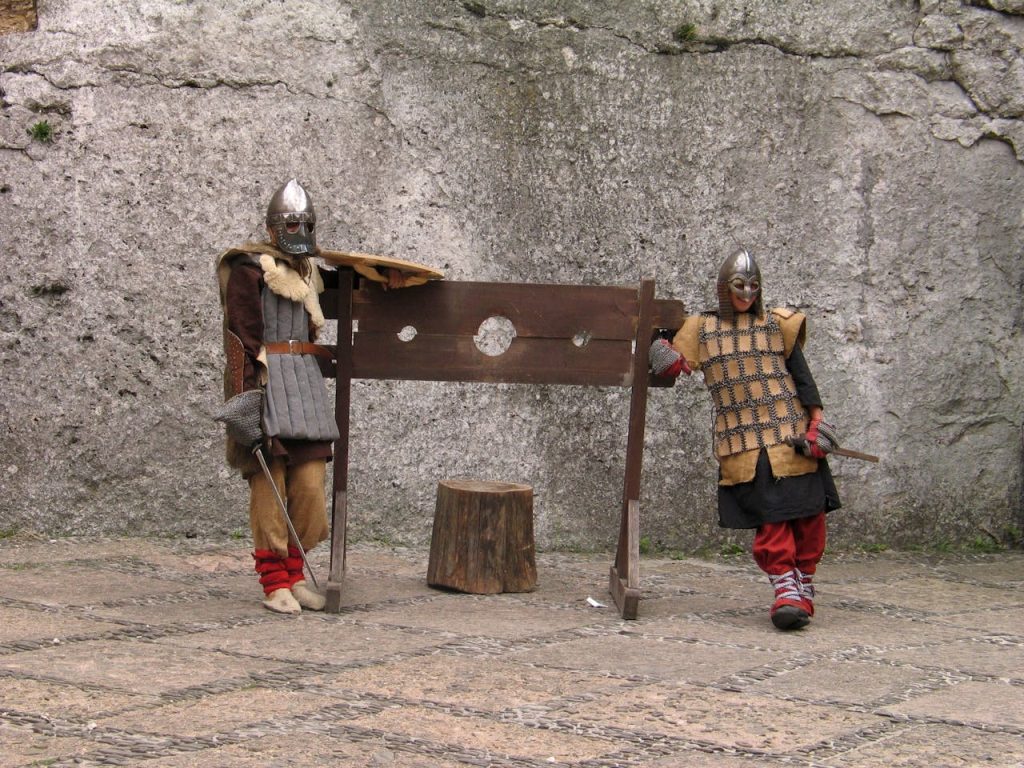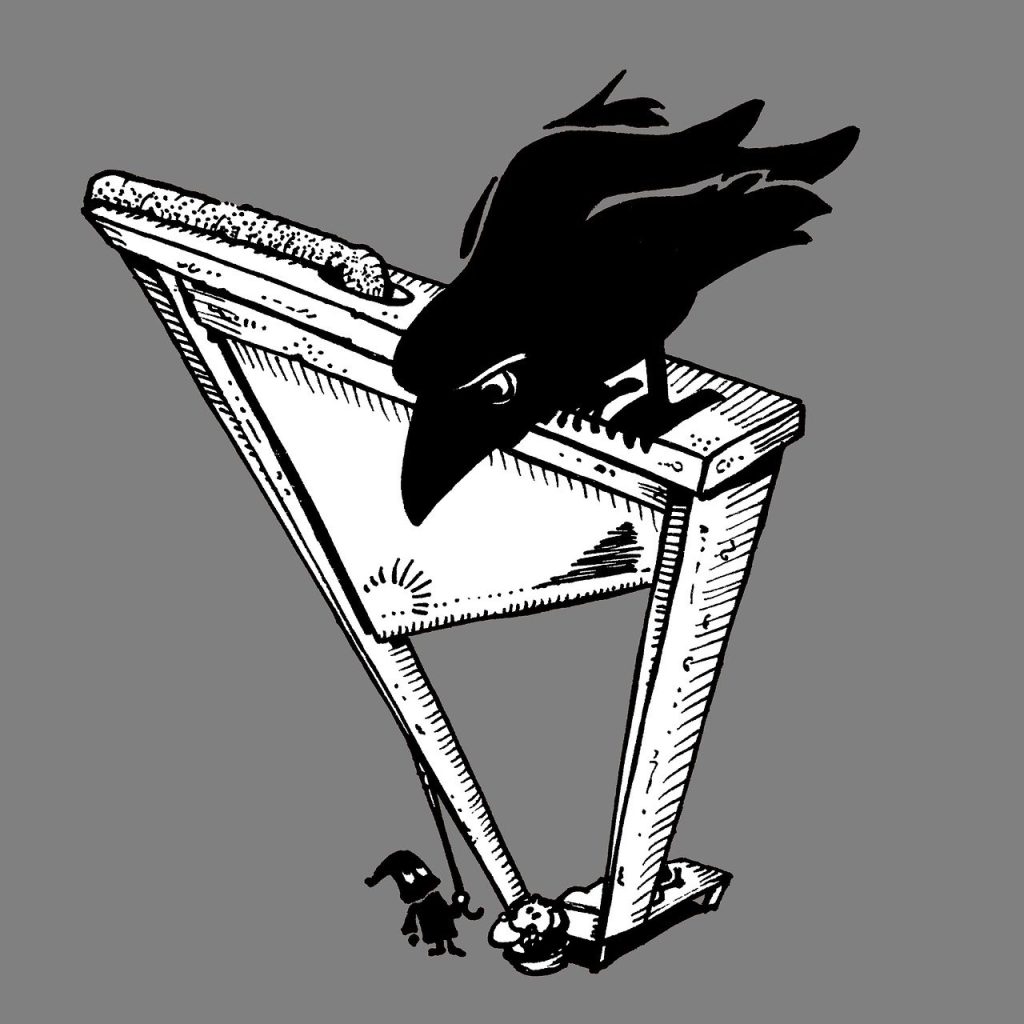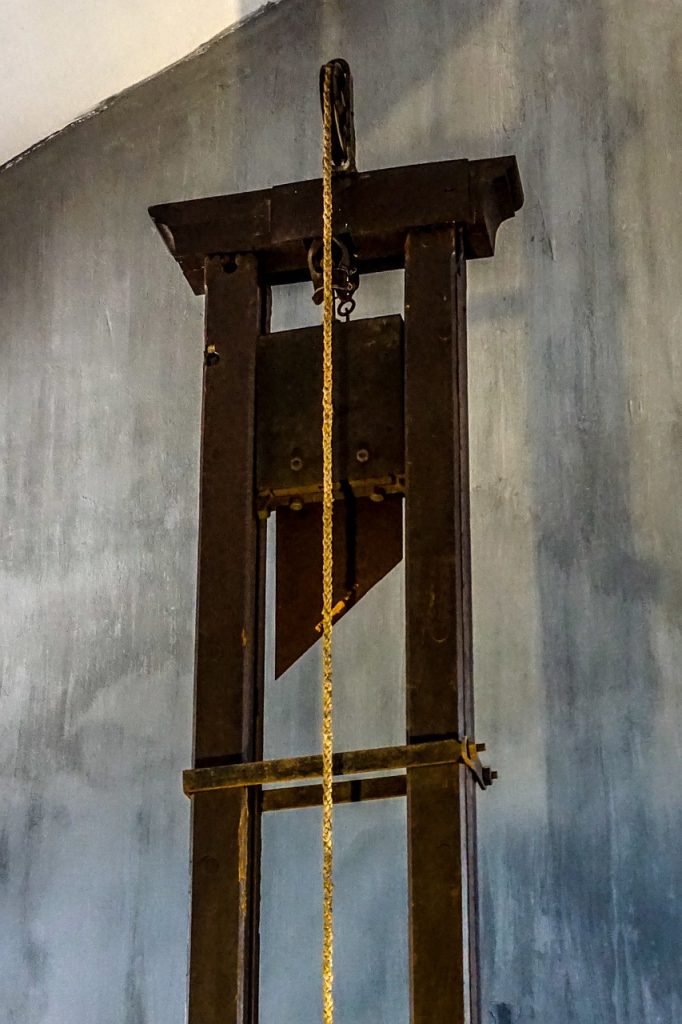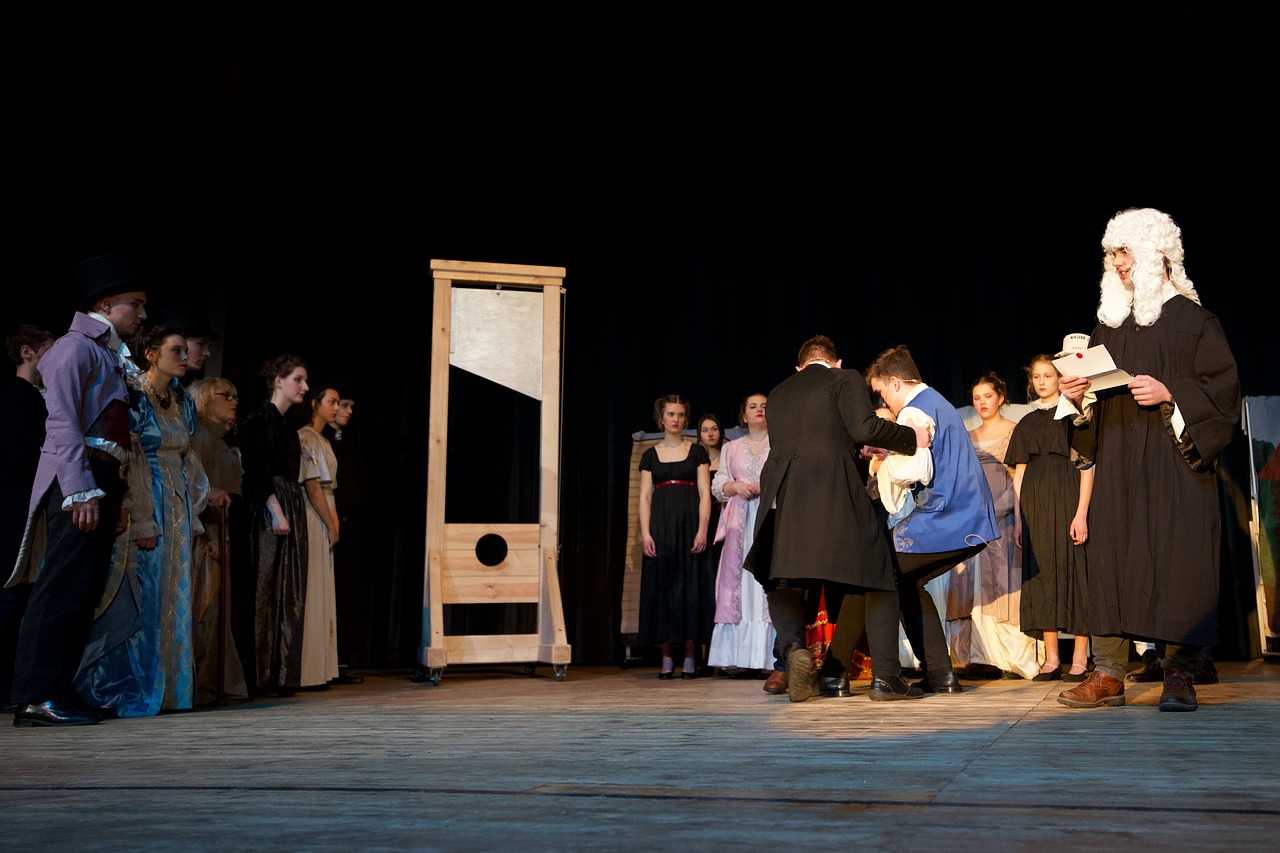The guillotine, once hailed as the “National Razor” of France, has a storied history that stretches far beyond its infamous association with the French Revolution. Find out more about the fascinating world of this execution device as we uncover eight surprising facts that shed light on its origins, cultural impact, and enduring legacy.

Medieval Roots
While the term “guillotine” emerged during the French Revolution, similar devices had already existed for centuries. Beheading machines like the German “planke” and the English Halifax Gibbet predated the guillotine, hinting at a long history of execution technology across Europe.
Humane Intentions
Contrary to its gruesome reputation, the guillotine was initially proposed as a more humane alternative to traditional execution methods. Dr. Joseph-Ignace Guillotin advocated for its adoption, believing that swift decapitation would spare condemned individuals from prolonged suffering.
Public Spectacle
During the Reign of Terror, guillotine executions became macabre public spectacles. Crowds flocked to witness the swift descent of the blade, turning executions into morbid entertainment. The “Tricoteuses,” knitting women who attended executions, added to the chilling atmosphere.

Children’s Plaything
In a disturbing twist, miniature guillotines became popular children’s toys during the 1790s. Youngsters used these replicas to enact their own executions, reflecting the morbid fascination with the guillotine permeating French society.
Celebrity Executioners
Executioners achieved celebrity status during the guillotine’s heyday. Families like the Sansons and the Deiblers became household names, renowned for their efficiency and precision in carrying out executions. Their notoriety extended beyond the scaffold, influencing fashion and folklore.
Morbid Experiments
Scientists conducted macabre experiments to determine whether decapitated heads retained consciousness. These gruesome studies, including attempts to provoke reactions from severed heads, fueled speculation and debate surrounding the nature of death and consciousness.
Nazi Utilization
The guillotine found a chilling resurgence during Nazi Germany, where it was used to execute thousands of individuals, including resistance fighters and political dissidents. Adolf Hitler sanctioned its widespread deployment as a state execution method.
Modern Demise
Despite its long history, the guillotine saw its final use in 1977 with the execution of Hamida Djandoubi in France. The abolition of capital punishment in 1981 marked the definitive end of the guillotine’s reign as a tool of state-sanctioned death.

The guillotine’s legacy is a complex tapestry woven from centuries of history, culture, and controversy. From its origins as a purportedly humane execution device to its role in shaping public spectacle and scientific inquiry, the guillotine occupies a unique place in the annals of human civilization. Though consigned to the past, its memory serves as a reminder of humanity’s capacity for both innovation and brutality.





